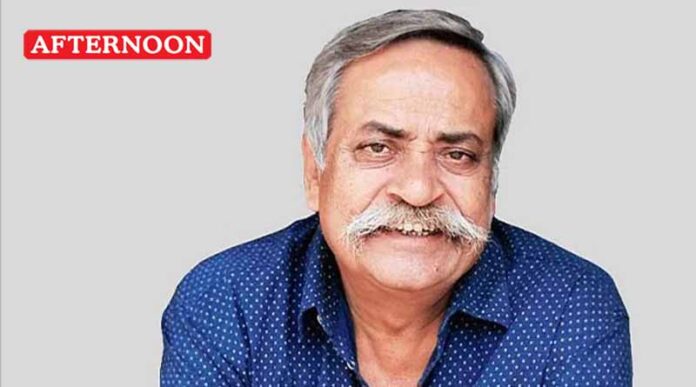India bids farewell to Piyush Pandey, Padma Shri awardee and the creative force who gave Indian advertising its wit, warmth, and distinctly Indian identity. The 70-year-old legend passed away on Thursday, leaving behind a four-decade legacy that transformed how brands spoke to a billion people.
For over forty years, Pandey’s work went beyond selling products — it mirrored India’s evolving aspirations, languages, and emotions. His campaigns weren’t just advertisements; they were cultural conversations that helped define the Indian spirit of the times.
Born in Jaipur in 1955, Piyush Pandey began his journey not in an office but on the cricket field, representing Rajasthan in the Ranji Trophy. His pivot to advertising in 1982, when he joined Ogilvy & Mather, would rewrite the rules of Indian communication forever. He believed that advertising must sound like the people it spoke to. Rejecting artificial polish and imported accents, Pandey made ads in the language of the Indian heart — lively, humorous, and grounded in daily life.
Pandey’s creative journey was filled with timeless campaigns that connected across generations. The Fevicol ads — from the crowded bus to the fisherman’s bait — became part of Indian folklore, symbolizing unbreakable bonds. The Cadbury Dairy Milk “Kuch Khaas Hai” girl dancing on a cricket field celebrated unrestrained joy, while Asian Paints’ “Har Khushi Mein Rang Laye,” ICICI Prudential’s “Hum Hai Na,” and the iconic Vodafone pug redefined simplicity with emotional power. Even in politics, his words shaped history — the 2014 slogan “Ab Ki Baar, Modi Sarkar” became one of India’s most recognized election catchphrases.
At Ogilvy India, Pandey rose from copywriter to Chief Creative Officer Worldwide and Executive Chairman – India. Under his leadership, Ogilvy became a creative powerhouse synonymous with Indian insight and originality. He mentored generations of young writers, urging them to stay authentic. “Never underestimate the power of India’s streets, languages, and laughter,” he often said. His leadership blended charm with discipline, warmth with exacting standards — and above all, a belief that great ideas must always connect.
Pandey’s contributions earned him the Padma Shri in 2016, the Lion of St Mark Award at Cannes Lions, and the LIA Legend Award in 2024. Internationally celebrated, he nonetheless saw himself simply as “a storyteller in Indian languages.” He was consistently ranked among the world’s most influential creative leaders by The Economic Times and Campaign Brief. Yet, colleagues remember his booming laughter, kindness, and that unmistakable moustache — symbols of a man who carried genius lightly.
Tributes poured in from industry icons, artists, and peers. Anand Mahindra called him “a friend with an irrepressible zest for life.” Advertising veteran Shubhranshu Singh said, “His work and his memory will live forever — because he taught us that selling is also storytelling.” His sister, noted singer-actor Ila Arun, and brother, filmmaker Prasoon Pandey, together form what many call India’s first family of creativity, blending art, media, and storytelling into the nation’s cultural fabric.
In a world of 30-second stories, Piyush Pandey was a novelist. He could turn a tube of adhesive into a metaphor for unity, a chocolate into a symbol of celebration, and a paint brand into the colour of life itself. He made India believe that advertising was never about selling — it was about feeling. And through that belief, he taught generations that creativity is not about cleverness, but about connection and soul.
As India mourns his passing, his voice echoes in every jingle, his humour in every tagline, and his spirit in every story that dares to speak in its own language. “Piyush Pandey didn’t just create ads,” wrote a former colleague. “He created the language of Indian advertising — and through it, made us see ourselves.”







